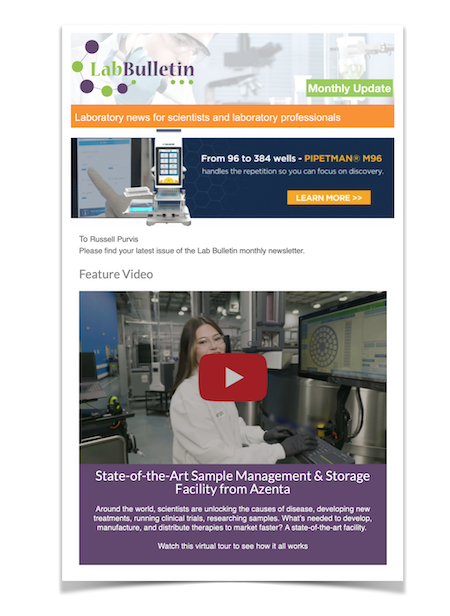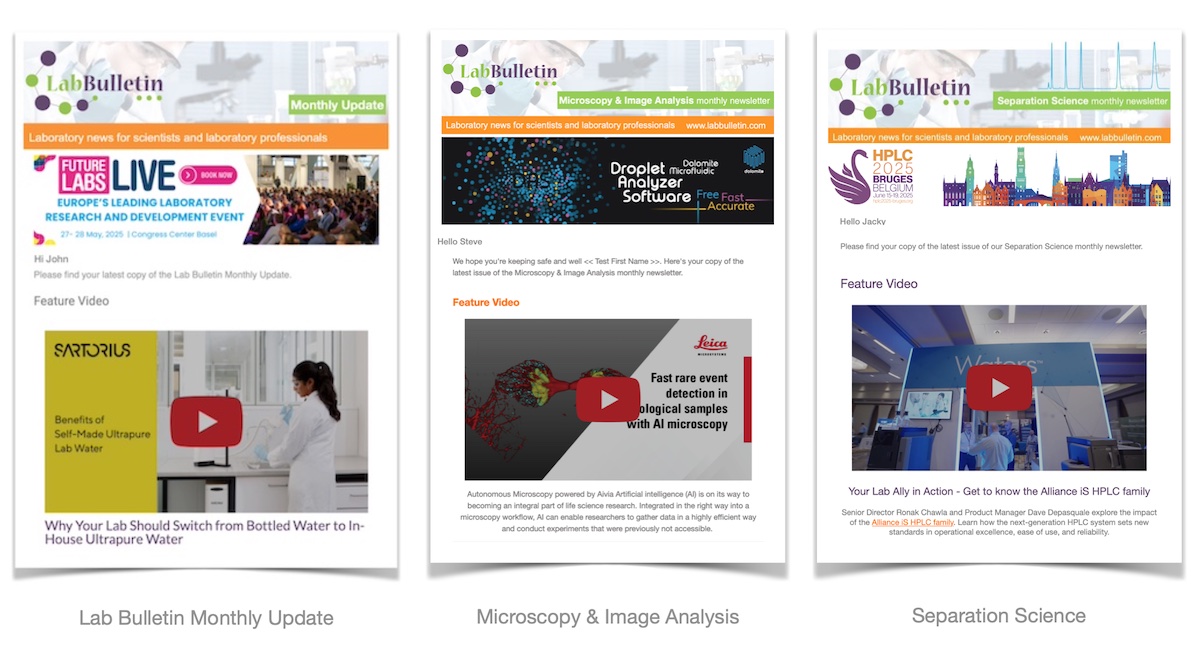Members Login

Channels
Special Offers & Promotions
LGC instrumental in industry-influencing PCR guidelines
LGC, has supported two surveys published recently in Nature Methods that demonstrate that there remains a lack of transparency in the published literature
LGC, UK’s designated National Measurement Institute (NMI) for chemical and bioanalytical measurement, has supported two surveys – published recently in Nature Methods - that demonstrate that there remains a lack of transparency in the published literature when real time quantitative PCR (qPCR) data is presented.
The surveys also reveal that literature citing MIQE (Minimum Information for Publication of Quantitative Real-Time PCR Experiments) show greater transparency and reporting of the technical details necessary for high-quality, reproducible results.
In examining more than 1,700 peer-reviewed publications, the surveys show that the MIQE guidelines, first published in 2009, remain relevant for any analysts working with qPCR today.
Analytical methods built around real time, or quantitative, polymerase chain reaction (PCR) technology are widespread and of increasing importance in fields such as clinical diagnostics, by microbiologists working in food safety, food spoilage and fermentation and by researchers. These guidelines address the most important criteria for determining the quality of qPCR- and reverse transcription qPCR-based data.
Jim Huggett, Science leader, Nucleic Acid Metrology, Molecular and Cell Biology, LGC, and one of the leading authors of MIQE, said, “Prior to developing the guidelines we felt that – for a number of reasons - there was a lack of transparency in the reporting of essential technical information involved in analysis. It may also be simply that biologists are not trained sufficiently in method validation, particularly in terms of quantitative analysis. We [molecular biologists] tend to be happy if our results are precise and rarely stop to ask if the technique may be causing a bias, or systematic error, and actually not reflecting truth. Add to this the requirement for a series of complex experimental steps that are frequently-disparate and subject to variation, it can be very difficult to understand and repeat what another laboratory has done”
Dr Huggett continued, “What the guidelines do is introduce a passive logic rather than aiming to police experiments. That is, they focus the recording of experiments on sharing what you did, how you did it, what machine you did it with, in order that transparency is maximised. It is hugely gratifying that the data from Nature Methods backs this up.”
MIQE is essentially a checklist for both essential and desirable information which the authors believe should be included in all research papers pertaining to PCR. This will allow reviewers and readers to evaluate the quality of the research work while also aiding other researchers attempting to repeat the results. In turn, this will allow easier comparison of data between labs - leading to quicker breakthroughs in clinical and other research - and also encourage best practice in experimental design, leading to more reliable data generation.
The guidelines have already been adopted by journals including the American Association for Clinical Chemistry and Oxford Journals for authors submitting papers. Meanwhile, the world of measurement is also impacting upon the commercial world, with the makers of PCR reagents and systems having found a marketing advantage in claiming that their products are ‘MIQE compliant’.
MIQE and the follow up Nature Methods paper were developed in collaboration with key players in the field including Professors Stephen Bustin (Anglia Ruskin University), Carl Wittwer (University of Utah) and Jo Vandesompele (Ghent University).
As well as being the only NMI to have been involved in developing these guidelines, LGC was also one of three – along with National Measurement Institute Australia and the National Institute of Standards and Technology in the US, to develop a similar set of guidelines for digital PCR[1]. Digital PCR is an emerging form of PCR that enables absolute quantification of individual DNA molecules with improved precision, sensitivity and reproducibility. It has great potential for the detection of trace level clinical biomarkers and for providing accurate values for reference materials.
Media Partners



